1. Solar Panels: The Bloodline of Solar Energy
Solar panels are the most recognized form of solar technology-solar energy, which is formally known as photovoltaic or PV systems. They trap sunlight and produce electricity which is then installed on rooftops, on open fields or integrated into building designs.
How They Work
Solar panels are made of semiconductor materials that allow solar energy to be absorbed by the front, and usually they have glass on the front surface and a protective sheet on the rear surface. The absorbed sunlight is converted into direct current, while an inverter transforms DC into alternating current for household or industrial use.
Applications
For residential purposes, provide electricity to homes and reduce dependence on the electricity grid. For commercial installations, currently, solar panels provide electricity to offices, factories, and warehouses. And for solar farms, huge amounts of solar energy are generated for local communities.
Advantages
- Cuts electricity bills.
- Reduces carbon footprint.
- Appreciates value of property.
Related Innovations
- BIPV: It stands for Building Integrated Photovoltaics, this incorporates solar panels into building materials, such as windows and walls.
- Portable Solar panels: Small and compact for outdoor enthusiasts to charge their devices while camping or hiking.
2. Solar Batteries: Storing Power of the Sun
Solar batteries, used to store excess energy generated by solar panels during sunny days or save energy during nighttime or cloudy days, are very important for homes that need energy independence or are in off-grid locations.
Classification by Energy Storage Type:
- Lithium-Ion Battery: Most efficient with long life.
- Lead-Acid Battery: Economically priced but needs maintenance.Use
Applications
- Backing up power during outages.
- Supporting off-grid solar systems.
- Rotating energy sources during peak hours.
Advantages
- Uninterrupted power supply.
- Maximized use of solar energy.
- Long-term savings.
Related Innovations
- Solar-Powered Generators: Portable units are an integration of solar panels and batteries to supply emergency power.
- Smart Energy Management Systems: This is a smart software system that optimizes the battery usage or distribution of solar energy.
3. Solar Lighting Systems: Bring Light to Homes and Outside
Solar lighting systems are among the most intelligent applications of solar energy. Small solar panels power lighting for both indoors and externally.
Types of Solar Lighting
Landscape lights provide accent lighting along pathways, gardens, and outdoor features. Security lights are equipped with motion detectors to act at night to protect people. Festoon lights are examples of solar string lights that are used for decorations. Indoor solar lamps provide lighting for homes, especially in remote areas.
Advantages
- Easy installation with no wiring needed.
- Reduces electricity bills.
- Environment-friendly alternative to conventional lighting.
Case Study: Solar-Powered Communities
In those regions where electricity is unreliably available, solar light ensures that human life is secure and sustainable. This would clearly show little solar innovation may have such an empowering effect.
4. Solar Water Heaters: Harnessing the Sun for Hot Water
Solar water heaters provide cheap and eco-friendly means of heating water for domestic or commercial use. The system consists of solar collectors that absorb sunlight and transfer the absorbed heat into water in a storage tank.
System Types
- Active Systems: Pumps are used to circulate water.
- Passive Systems: Work using gravity and natural convection.
Applications
- Domestic hot water supply.
- Swimming pool heating.
- Supporting space heating in colder areas.
Advantages
- The energy bill can be less significantly.
- Less maintenance and long life.
- Save on fossil fuel.
Related Innovations
- Solar Pool Heater: Systems dedicated to heating pools.
- Solar Desalination Units: Convert seawater into potable water using solar heat.
5. Solar-Powered Portable Generators: Energy on the Go
Portable solar generators are great for outdoor enthusiasts, emergencies, and remote sites. These encompass solar panels, a battery, and an inverter.
Applications
- Camping and RVs: Power small appliances such as lights, fans, or maybe even a mini-fridge.
- Emergency Power: Provide backup electricity during power outages.
- Outdoor Events: Power lighting and sound equipment.
Advantages
- Quiet operation when compared to a fuel-powered generator.
- Zero emissions.
- Convenient to carry and use.
Related Innovations
- Solar Backpacks: Charge devices while on the move.
- Solar-Powered Camping Equipment: Lanterns, fans, and portable stoves.
6. Other Exciting Solar-Powered Developments
Although the five applications discussed above show the versatility of solar energy, others are making headlines on their own:
- Solar-Powered Vehicles: Solar panel buses, cars, and even planes.
- Solar-Powered Chargers: For charging smartphones, laptops, and other gadgets.
- Solar Cooking Devices: Cooking food using sunlight with solar ovens and stoves.
- Solar Desalination: Providing potable water for arid areas.
- Solar Traffic Solutions: Working traffic lights, street lights, and signposts.
New Horizon; Solar Energy
Solar energy can today no longer be said to be a mere rooftop phenomenon. The applications range from those involving portable gadgets to community-scale solutions, and all these avenues present promising advances. As technology continues to improve, many exciting applications will likely emerge, taking us one step closer to sustainability and energy independence.
Which solar-powered innovation excites you the most? Share your thoughts and ideas with us as we explore the solar energy horizon.

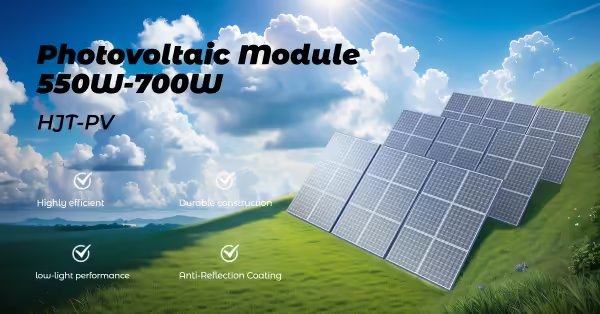


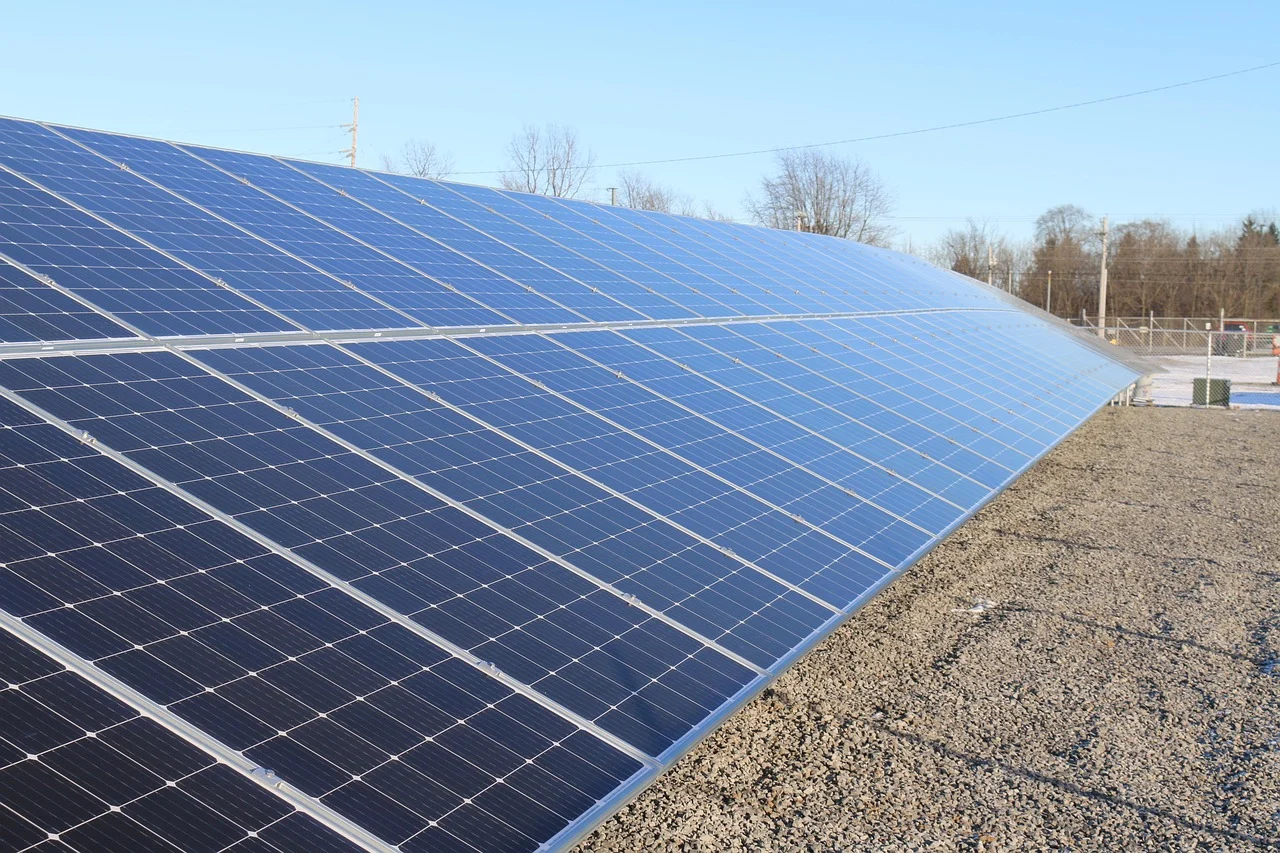
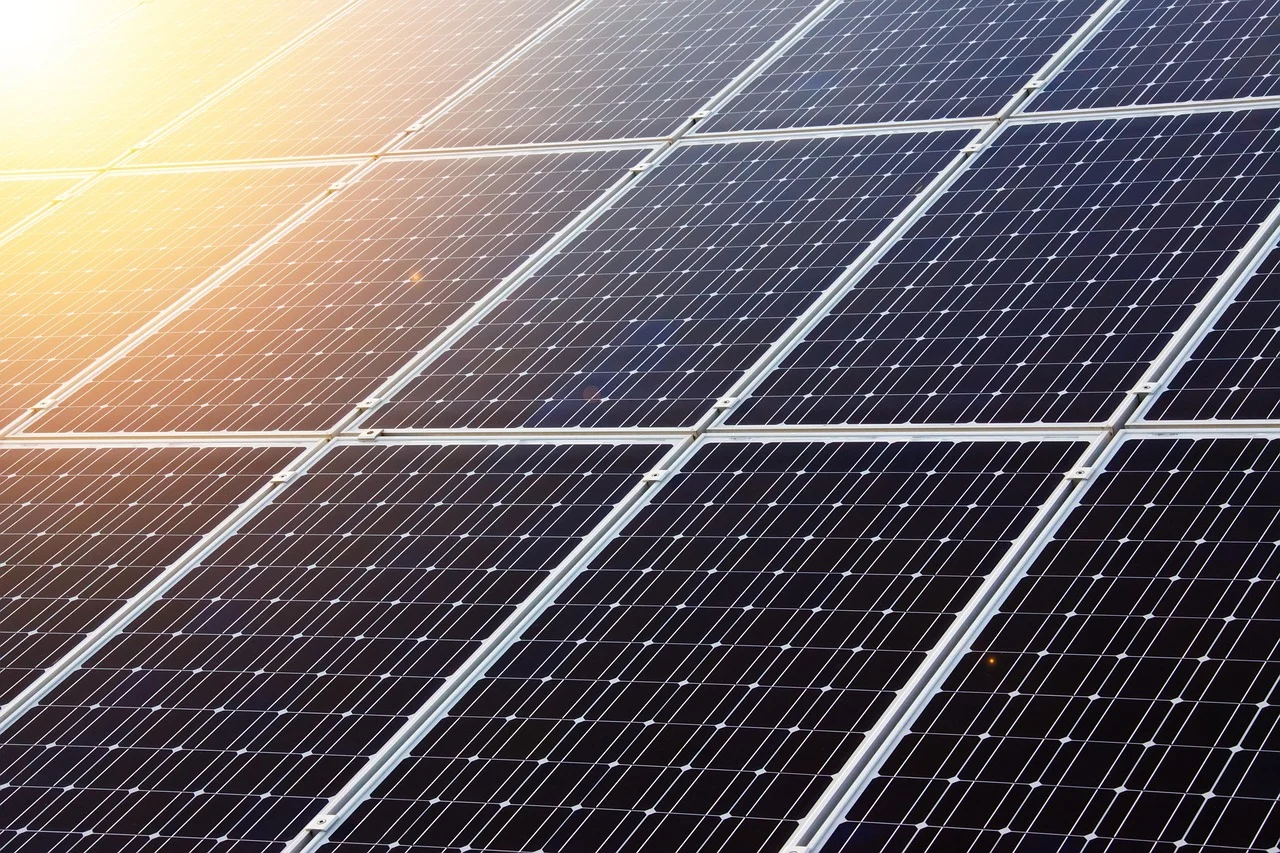
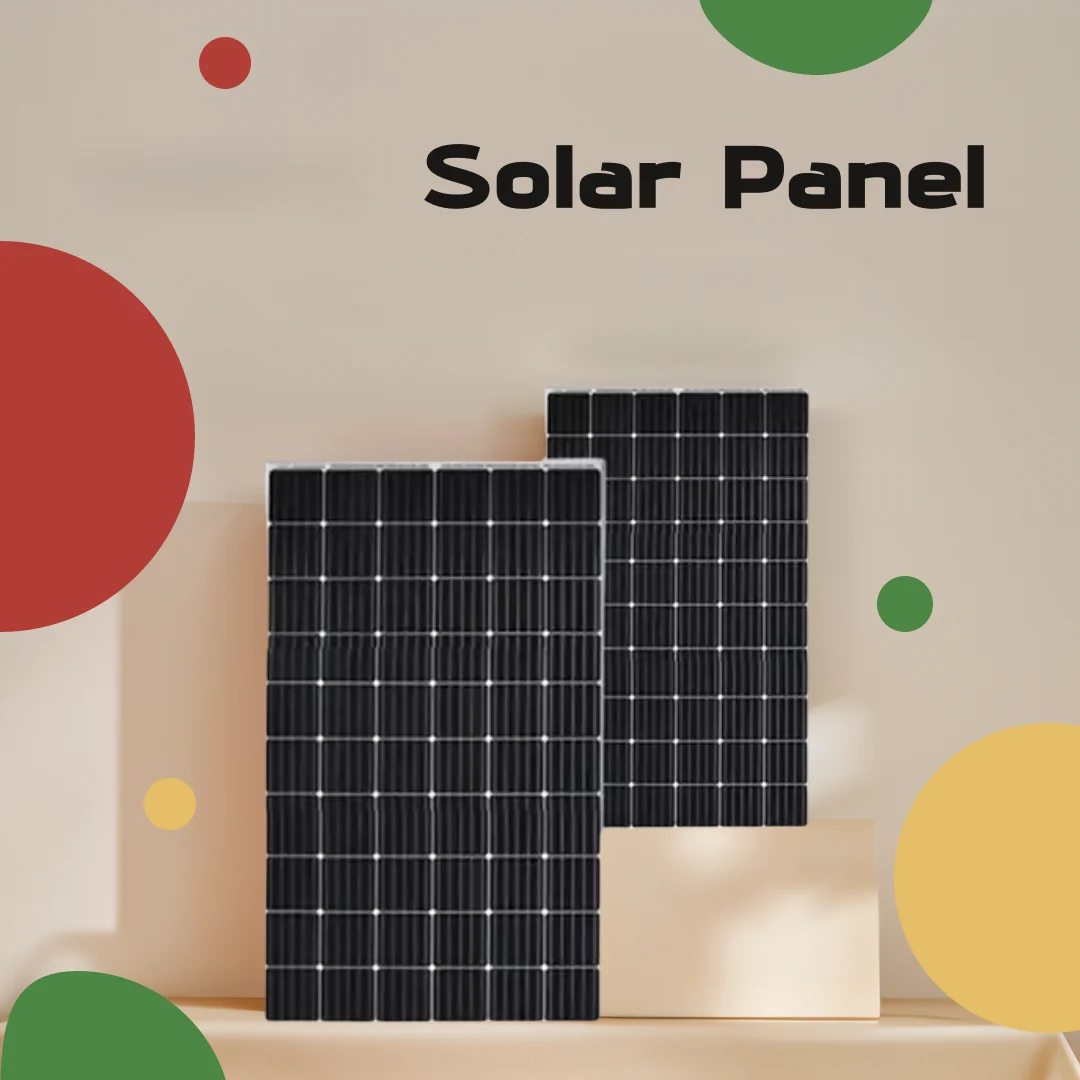
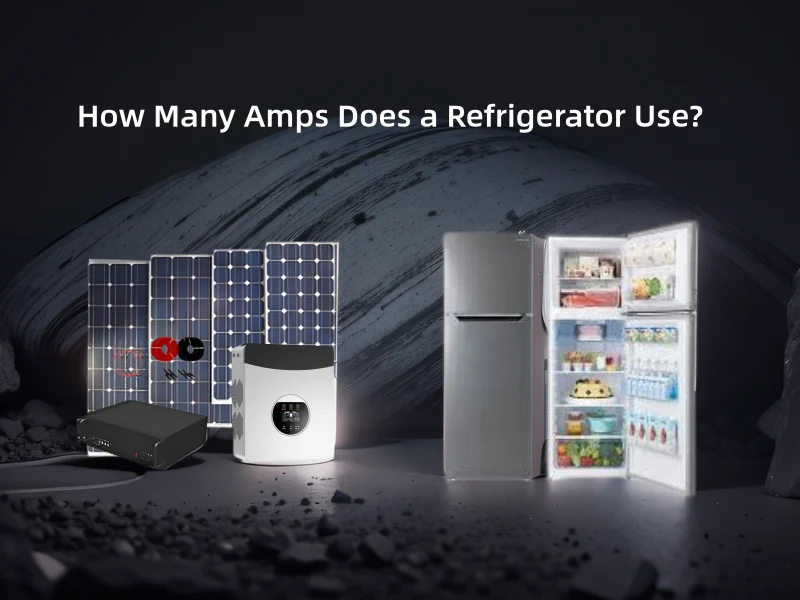
 Afrikaans
Afrikaans Albanian
Albanian Amharic
Amharic Arabic
Arabic Armenian
Armenian Azerbaijani
Azerbaijani Basque
Basque Belarusian
Belarusian Bengali
Bengali Bosnian
Bosnian Bulgarian
Bulgarian Catalan
Catalan Cebuano
Cebuano Chichewa
Chichewa Chinese (Simplified)
Chinese (Simplified) Chinese (Traditional)
Chinese (Traditional) Corsican
Corsican Croatian
Croatian Czech
Czech Danish
Danish Dutch
Dutch English
English Esperanto
Esperanto Estonian
Estonian Filipino
Filipino Finnish
Finnish French
French Frisian
Frisian Galician
Galician Georgian
Georgian German
German Greek
Greek Gujarati
Gujarati Haitian Creole
Haitian Creole Hausa
Hausa Hawaiian
Hawaiian Hebrew
Hebrew Hindi
Hindi Hmong
Hmong Hungarian
Hungarian Icelandic
Icelandic Igbo
Igbo Indonesian
Indonesian Irish
Irish Italian
Italian Japanese
Japanese Javanese
Javanese Kannada
Kannada Kazakh
Kazakh Khmer
Khmer Korean
Korean Kurdish (Kurmanji)
Kurdish (Kurmanji) Kyrgyz
Kyrgyz Lao
Lao Latin
Latin Latvian
Latvian Lithuanian
Lithuanian Luxembourgish
Luxembourgish Macedonian
Macedonian Malagasy
Malagasy Malay
Malay Malayalam
Malayalam Maltese
Maltese Maori
Maori Marathi
Marathi Mongolian
Mongolian Myanmar (Burmese)
Myanmar (Burmese) Nepali
Nepali Norwegian
Norwegian Pashto
Pashto Persian
Persian Polish
Polish Portuguese
Portuguese Punjabi
Punjabi Romanian
Romanian Russian
Russian Samoan
Samoan Scottish Gaelic
Scottish Gaelic Serbian
Serbian Sesotho
Sesotho Shona
Shona Sindhi
Sindhi Sinhala
Sinhala Slovak
Slovak Slovenian
Slovenian Somali
Somali Spanish
Spanish Sundanese
Sundanese Swahili
Swahili Swedish
Swedish Tajik
Tajik Tamil
Tamil Telugu
Telugu Thai
Thai Turkish
Turkish Ukrainian
Ukrainian Urdu
Urdu Uzbek
Uzbek Vietnamese
Vietnamese Welsh
Welsh Xhosa
Xhosa Yiddish
Yiddish Yoruba
Yoruba Zulu
Zulu